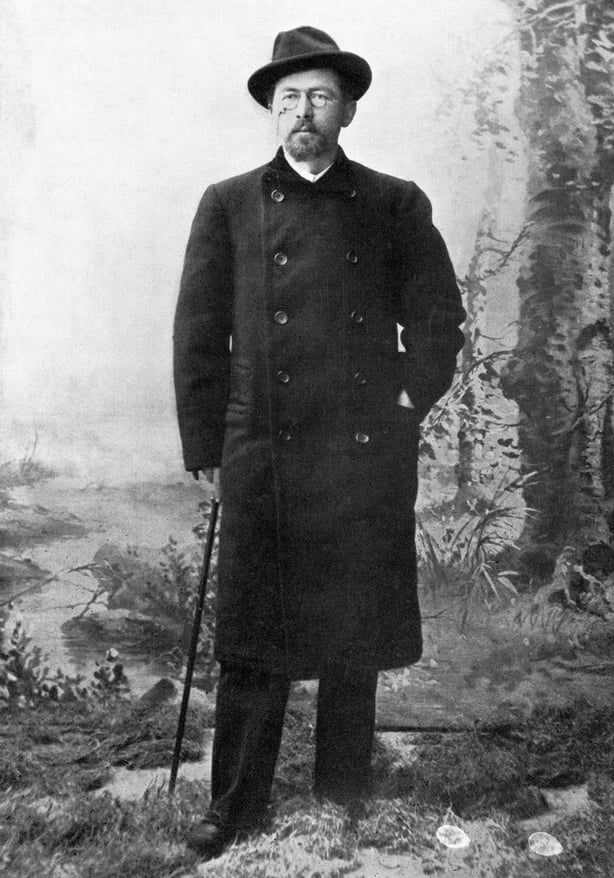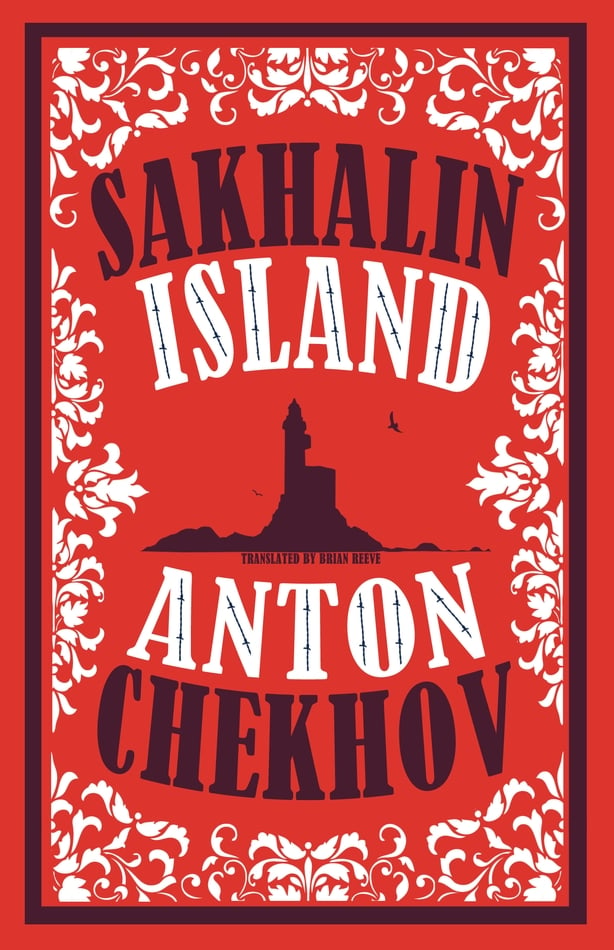Sakhalin Island’s coveted oil and gas reserves led to tension between Japan and the USSR in the 20th century but long before that the great Russian writer Anton Chekhov (1860-1904) spent three months on the island, familiarising himself with its penal colony.
Sakhalin’s land mass exceeds 70,000 km 2, making it Russia's largest island. La Pérouse Strait divides Sakhalin from the Japanese island of Hokkaido, and the island stretches, cat-like, almost 1000 km northwards along Russia’s east coast.
Sakhalin was for decades the subject of a power struggle between Russia and Japan, but the Chinese Qing Empire also had claims on the island. Japan and Russia commenced colonisation of the island in the 17th century, separating the island into a northern Russian sector and a southern Japanese part. Stalin attempted to build a tunnel under the Tartar strait with forced labour from the Gulags, but the plan was abandoned after a few kilometres. One can only sail or take a plane to Sakhalin, and on arrival, there is a rail network, much of which was laid down by the Japanese.

As a thirty-year old medical doctor, Anton Chekhov, who was suffering from tuberculosis, embarked on an eleven-week journey from Moscow through Siberia to the penal colony on Sakhalin Island. He spent three months there and Sakhalin Island is an engrossing account of his experiences, supplemented by letters to relatives and friends back home. The book, a startling, often shocking exposé was a significant boost to Chekhov’s career as writer, albeit he is best known for his immortal short stories and plays.
He described peasant life, described the prison cells and the punitive prison regime, met convict men and women, noted illnesses - not one instance of cholera - and formed a detailed portrait of family life on Sakhalin. There was a dispensary and infirmary and Chekhov himself treated out-patients.

He wrote: `The birth of each new human being is not received cordially in the family; they do not sing lullabies over the baby’s cradle, but only sinister lamentations are heard. The fathers and mothers say that there is nothing to feed the children with, that they will never learn anything worthwhile on Sakhalin, and "the best thing would be if the Merciful Lord took them as soon as possible."
This comprehensive edition, translated from the Russian by Brian Reeve, runs to 500 pages, with almost 200 of those devoted to notes and appendices. An astute, perceptive and unsparing account, Sakhalin Island remains a vividly fascinating slice of social history, whose hardships are comparable to the deprivations experienced on our own island in Famine times.







